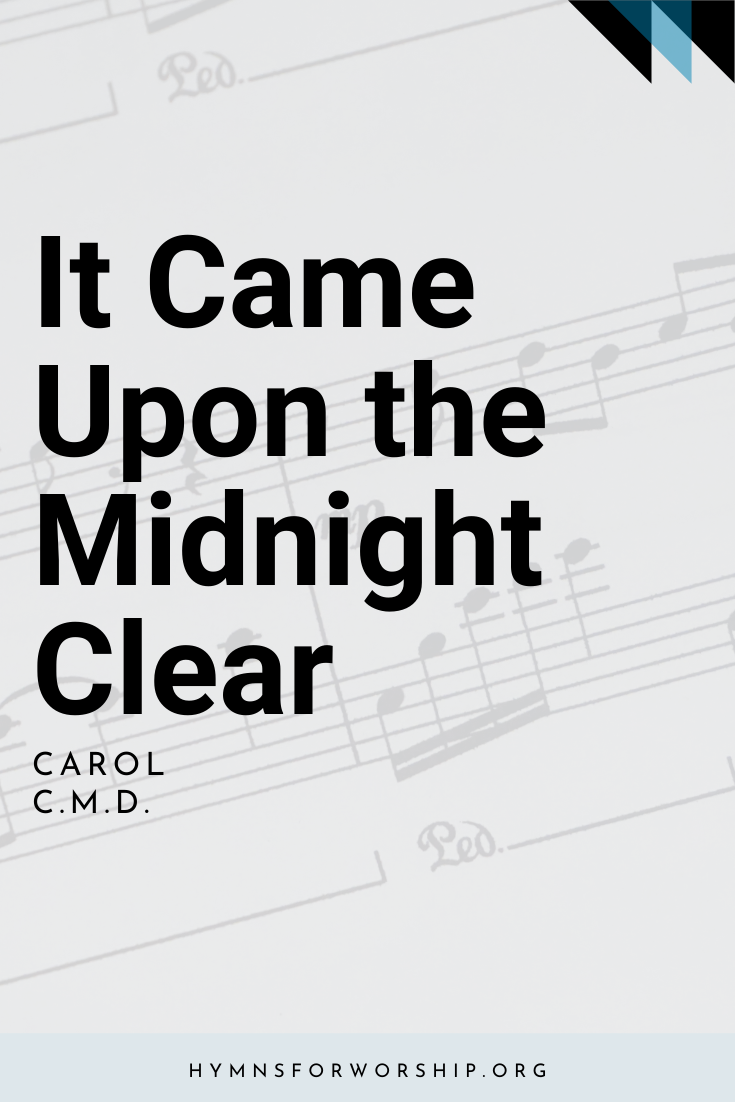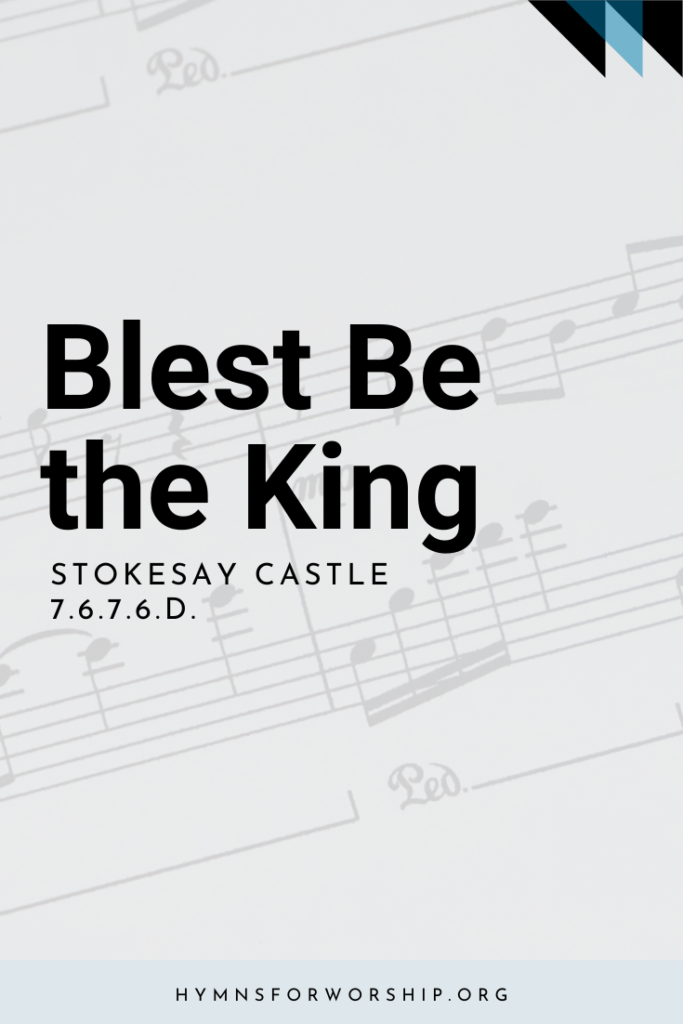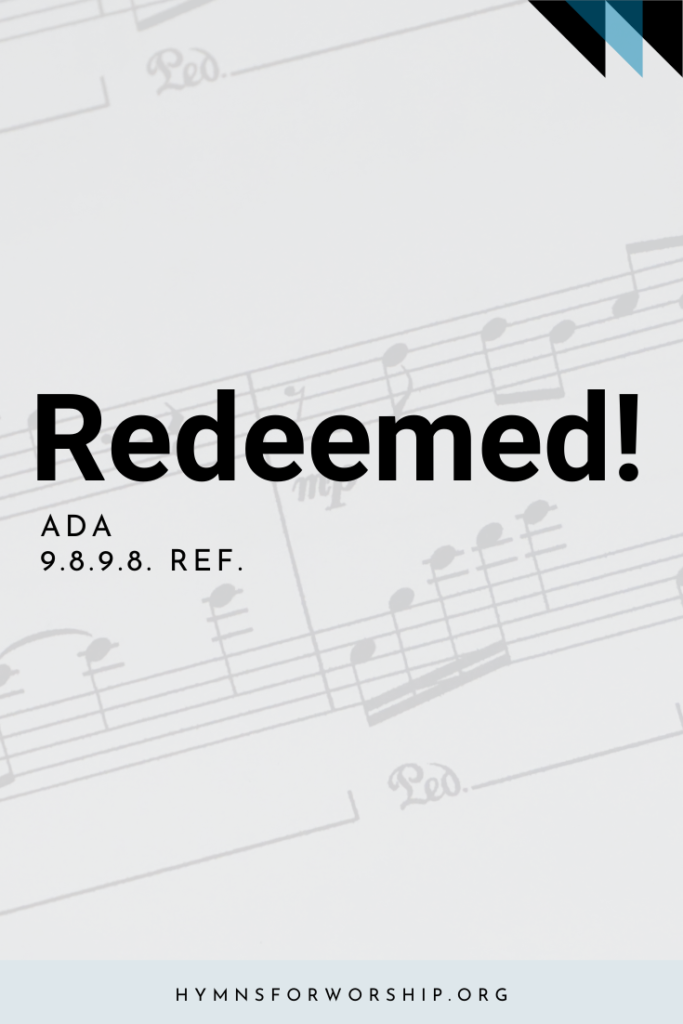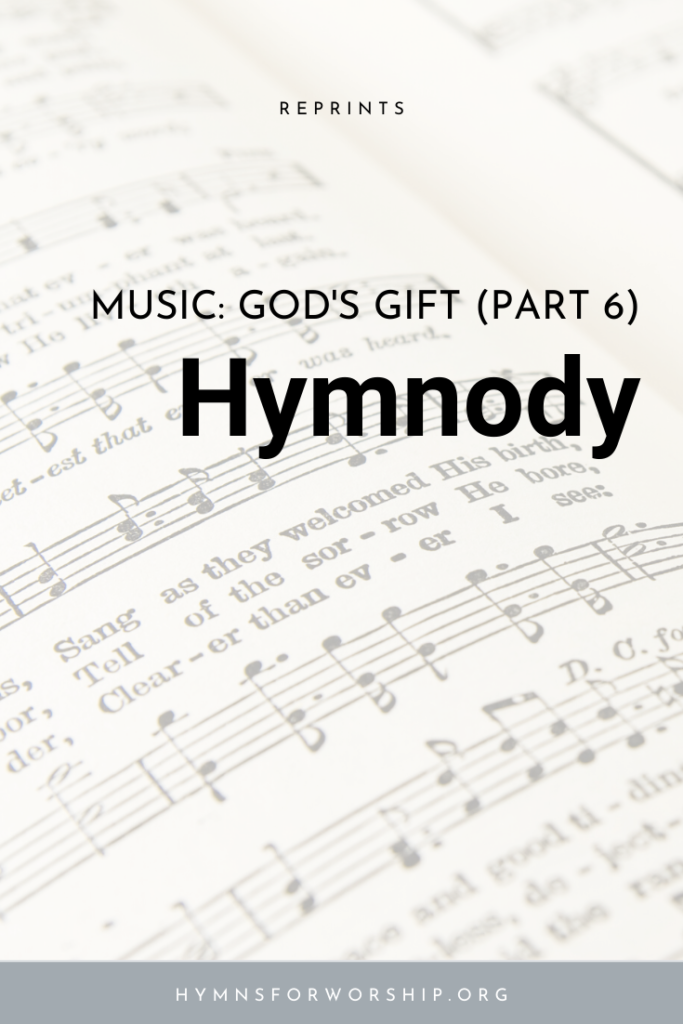JESUS CHRIST >> Birth
SDAH 130
It came upon the midnight clear,
That glorious song of old,
From angels bending near the earth,
To touch their harps of gold:
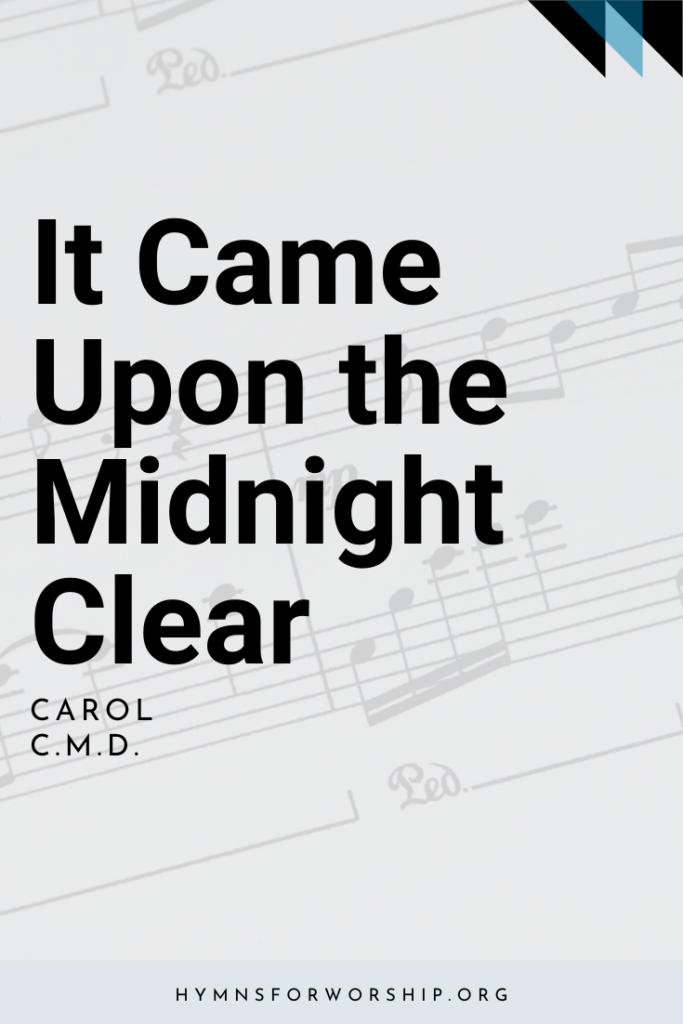

Text
1
It came upon the midnight clear,
That glorious song of old,
From angels bending near the earth,
To touch their harps of gold:
“Peace on the earth, goodwill to men
From heavens all gracious King!”
The world in solemn stillness lay
To hear the angels sing.
2
Still through the cloven skies they come,
With peaceful wings unfurled;
And still their heavenly music floats
O’er all the weary world:
Above its sad and lowly plains
They bend on hovering wing,
And ever o’er its Babel sounds
The blessed angels sing.
3
O ye beneath life’s crushing load,
Whose forms are bending low,
Who toil along the climbing way
With painful steps and slow;
Look now, for glad and golden hours
Come swiftly on the wing;
Oh rest beside the weary road
And hear the angels sing.

Hymn Info
Biblical Reference
(a) Luke 2:13, 14
Author
Edmund H. Sears (1810-1876)
Year Published
1849
Hymn Tune
CAROL
Metrical Number
C.M.D.
Composer
Richard S. Willis (1819-1900)
Year Composed
1850
Theme
BIRTH OF JESUS CHRIST
Hymn Score
Piano Accompaniment
Notes
Get to know the hymns a little deeper with the SDA Hymnal Companion. Use our song leader’s notes to engage your congregation in singing with understanding. Even better, involve kids in learning this hymn with our homeschooling materials.
This hymn was written by Edward Hamilton Sears in 1846 but was put aside because of the ill success of a previous Christmas poem. Then under the title ”Peace on Earth” it was sent to the publisher of the Boston Christian Register and appeared in the issue of December 29, 1849. Sears Wrote hymns to summarize his sermons so that their message would be remembered. This principle is demonstrated in this hymn; based on Luke 2:13, 14, it draws a modern lesson from the song of the angels on the first Christmas day.
Sears was born on April 6, 1810, in Sandisfield, Berkshire County, Massachusetts. In his boyhood he was an apt versifier; on one occasion, to prove that he was the author of two verses of poetry he had chalked on his hat while at play, he wrote a third verse on the spot. He attended Union College,
Schenectady, New York, graduating in 1834, and then Harvard Divinity School. He gained his D. D. in 1837. He became a Unitarian minister and held several pastorates in the Boston, Massachusetts, area. He served first at Wayland in 1838, then at Lancaster in 1840, back to Wayland in 1847, and then in 1865 at nearby Weston, where he died on January 16, 1876. He was the associate editor of the Monthly Religious Magazine, in which most of his hymns appeared. He wrote some religious books as well as his Sermons and Songs in 1875, and preached the divinity of Christ at a time when Unitarians Were emphasizing the social gospel.
CAROL, which means to dance in a ring, is an appropriate name for this Christmas hymn. It is an arrangement of Study No. 23 from Church Carols and Choir Studies, by Richard Storrs Willis in 1850. Willis was born in Boston, Massachusetts, on February 10, 1819, and studied in the Boston Latin School of Yale, graduating in 1841. He was active in many musical organizations and spent six years in Germany, studying musical composition. There he became a close friend of Felix Mendelssohn and later published his biography. Returning to New York in 1848, he took up journalism and served as a music critic for the New York Times from 1 848 to 1852, and for the Musical Times from 1852 to 1864; he was editor of the latter for some years. He also published other books on music,and composed anthems and secular songs. He lived in Nice, France, from 1 874 to 1878, but returned to Detroit, where he had gone in 1861, and died there on May 7, 1900 Willis also arranged _SDAH 240, CRUSADER’S HYMN.
The arrangement of CAROL was made by a Brooklyn organist, Uzziah Christopher Burnap (1834-1900), D, Mus, who also composed SDAH 389, HINCHMAN. (For biography of Burnap, see SDAH 389.)
-from Companion to the Seventh-day Adventist Hymnal by Wayne Hooper and Edward E. White

